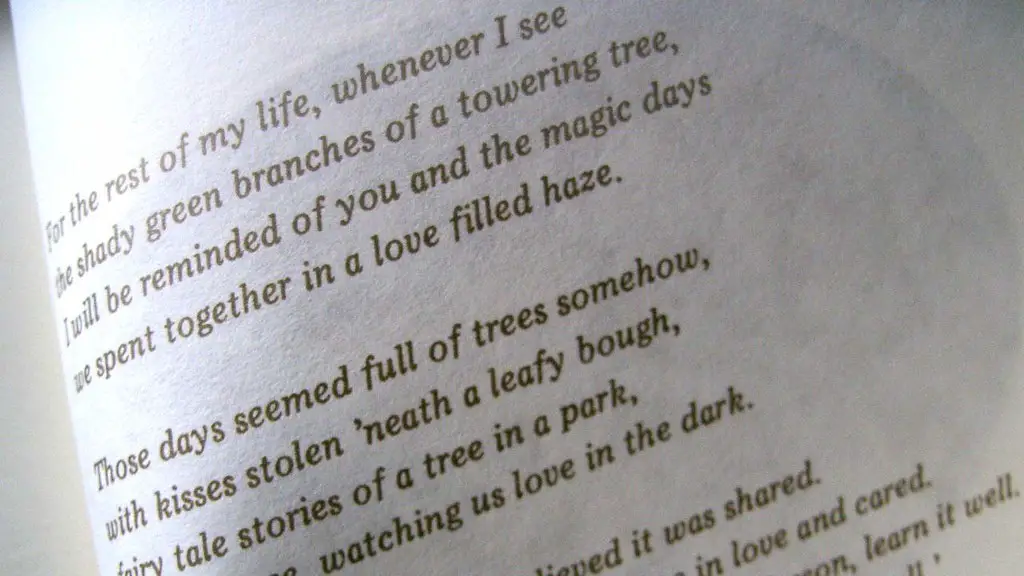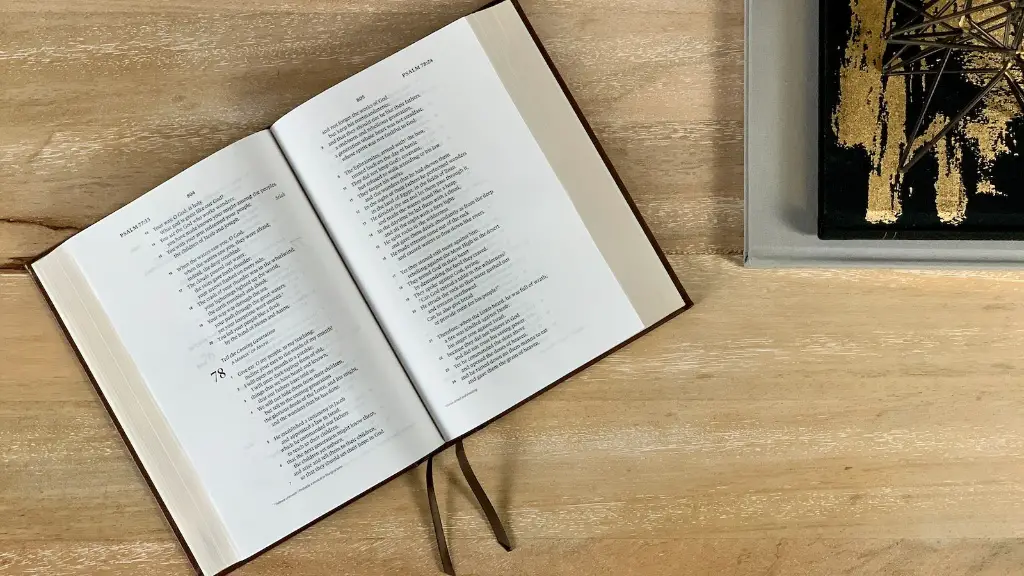What is Tanka Poetry?
Tanka poetry is a type of Japanese poetry originally created from the Heian period of Japanese literature, around 900-1200 CE. Traditional Japanese poetry is known for its 5-7-5-7-7 syllable form and its focus on nature and the emotions of love, joy and sorrow. Tanka is traditionally written with a rhythm that is both delicate and powerful. The form may be referred to as Uta (“song”) and the poem contains five distinct sections of five, seven, five, seven, seven syllables each. Tanka poems are also commonly known as short songs.
The tanka poem unites art and emotion in a way that few other forms of poetry can. It is simple, beautiful, and powerful; a perfect way to keep moments alive in memory or describe the most beautiful of nature’s scenes and creatures. Tanka poets often incorporate images from nature in the poems to evoke feeling and emotion. They often contain frequent use of imagery and personification to achieve a particular effect.
Tanka poetry is much more personal than other poetic forms, as it is often used by writers to express their innermost thoughts and feelings. Tanka poets often use the poem to express their appreciation for beauty and timelessness, which makes it a popular form for reflection, meditation and contemplation. Tanka also lends itself to being used as a form of therapy, as writers can express suppressed emotions in a safely creative manner.
Tanka poetry is a way for writers to communicate complex feelings in a short form and express those feelings in language that can be shared with others – an important form of communication in the ancient world, and one that still speaks to us today. It is an important part of Japanese literary tradition, and even today many poets prize the ability to write in the tanka form and strive to build mastery in this form of expression.
Elements of Tanka Poetry
A traditional tanka poem is composed of five lines with a specific set of syllables for each line. The first and third line of each tanka poem consists of five syllables each, the second and fourth line consists of seven syllables each, and the last line typically consists of seven syllables. It is typically written in the present tense and without any punctuation.
In terms of content, tanka poems often have a subject and are written in a straightforward manner, often with a beginning and an end. The subject matter of tanka is typically nature-related, but can also involve more abstract, symbolic meanings. They often evoke emotions of all kinds, but most often involve longing for love and for lost moments, as well as expressing joy.
The tone of the tanka is often one of subtlety and understatement; yet, it also reveals a depth of feeling that words alone could not possibly evoke. This makes it a format that allows for a great deal of creativity and freedom in expressing the inexpressible.
Tanka Style and Structure
The tanka style, or utamakura, is a particular type of poetic composition developed in Japan during the Heian period and is the most common and oldest form of the Japanese poetry. It has a five-line, 5-7-5-7-7 syllable structure.
A traditional tanka is composed of 31 syllables, with the last 7 syllables often concluding the poem and offering a resolution or conclusion of sorts. Tankas are also commonly composed in cinquains of 5-7-5-7-5 syllables, where the last line offers the resolution and conclusion of the poem. This “cinquain” style has become popular with contemporary writers and is often used to re-imagine traditional tanka.
In addition to its specific syllable structure, tanka poetry is also known for its use of natural images and references in order to evoke an atmosphere of complexity and atmosphere. The traditional Japanese tanka emphasizes the use of imagery and personification to build a connection between the poet’s emotion and the physical world in which he or she lives.
Tanka Poetry in the Modern Age
Tanka remains popular in today’s contemporary poetry, and is frequently composed by modern poets working in both Japanese and English languages. Many compete in annual haiku and tanka competitions and various other events that celebrate Japanese culture and its unique forms of poetry.
Not only is tanka still enjoyed as a poetic art form in its native Japan, it has also been embraced by poets in the West, with poets such as Richard Wilbur, Sylvia Plath and Robert Frost writing elegantly in the tanka form. Tanka has also been popularized by modern writers such as Harold G. Henderson, who compiled a book titled The Bamboo Broom: An Introduction to Tanka Poetry, where he discusses the art form, its history and its relevance in the modern world.
The popularity of tanka seems to be ever-increasing and is seen today in both traditional and non-traditional works from poets from around the world. Its unique combination of structure, emotion and imagery make it a form of poetry that resonates with both readers and writers.
Appreciation for Tanka Poetry
Generally, tanka has a greater appreciation than other poetic forms, as the simplicity of its structure belies the depth of its meaning. It is considered modern yet timeless, as it combines sentimentality with evocative images. In today’s ever-changing world, tanka offers comfort and stability, allowing readers to pause and reflect on the beauty around us.
Tanka also offers poets a way of expressing their internal search for meaning and purpose while preserving a balance between the rational and the emotional. As a traditional form, its basic structure – 5-7-5-7-7 syllables – can be found in many other grammars, such as nursery rhymes and limericks, leading to its wide acceptance in literatures and cultures around the world.
Integrating Tanka in Contemporary Poetry
Although the form of the tanka is steeped in tradition, many modern poets have found ways to innovate and present the form in a contemporary light. Tanka poets today may find themselves integrating new ideas and concepts, as well as modern imagery and language, into the traditional structure.
By doing this, poets are able to create unique and powerful works of art, expressing their thoughts and ideas with a renewed, modern vigor. Many tanka poets also take their cues from traditional Japanese society by incorporating haiku or renga, two other Japanese poetic forms, in their works.
Tanka as an Expression of Nature’s Beauty
The story of tanka did not end with the Heian Period. Today, many poets are writing tanka to appreciate the natural world and to express feelings of loneliness and longing. They often incorporate nature imagery and themes, drawing on the strong connection between the environment and the human experience.
In this way, tanka can be a powerful tool for both poets and readers alike to explore the depths of their inner being and to reflect on the beauty and splendor of our world and ourselves. Tanka allows us to express the otherwise inexpressible, which gives it an undeniable poignancy, and its structure allows for a great deal of creativity, allowing poets to find new ways to express their truest feelings.

